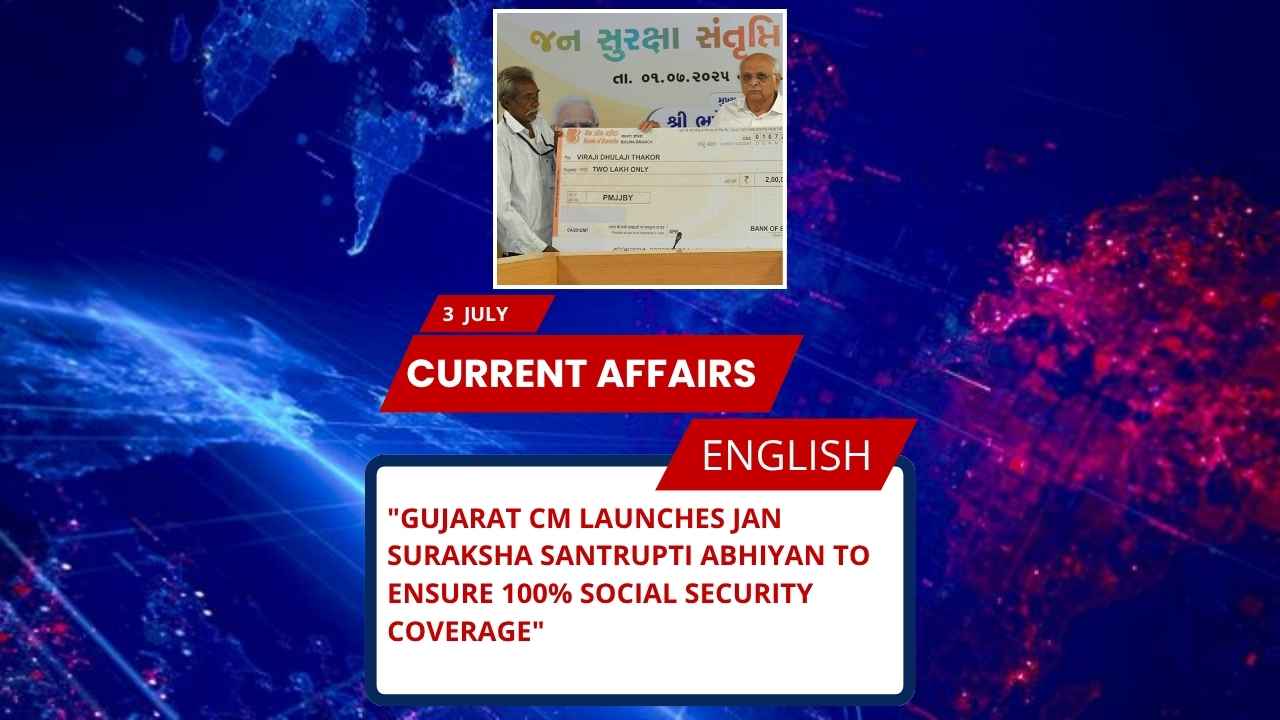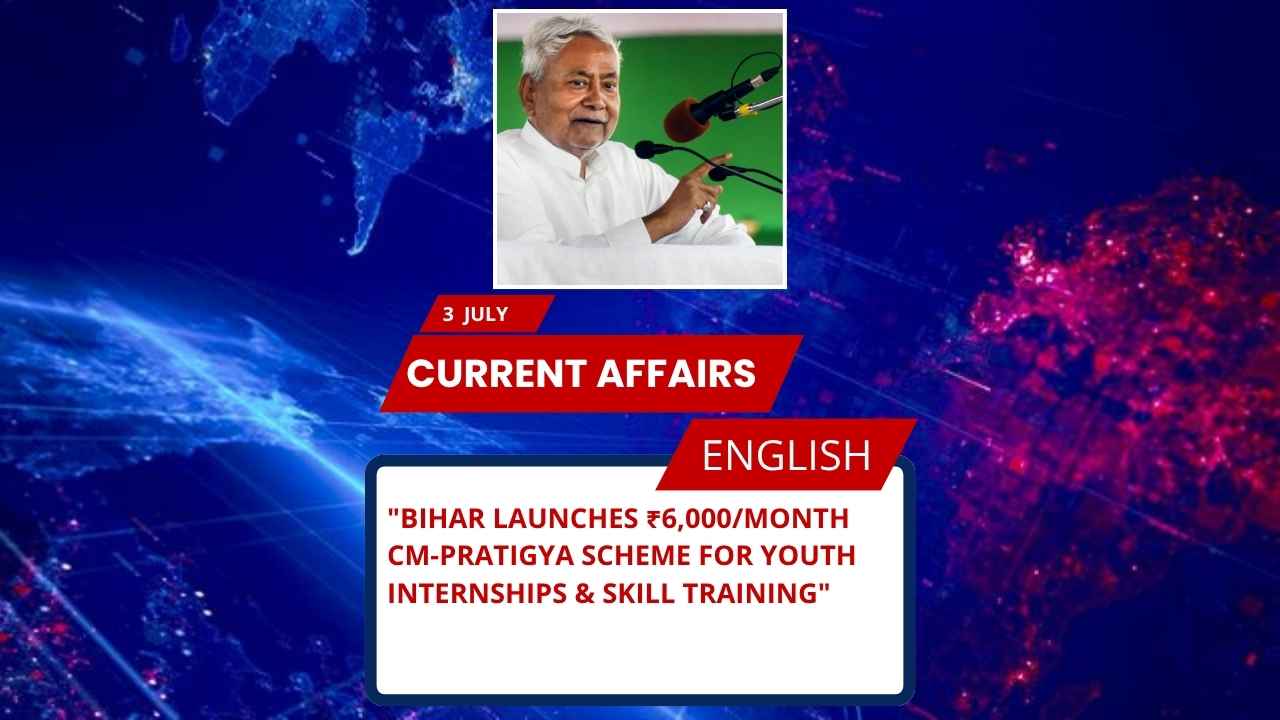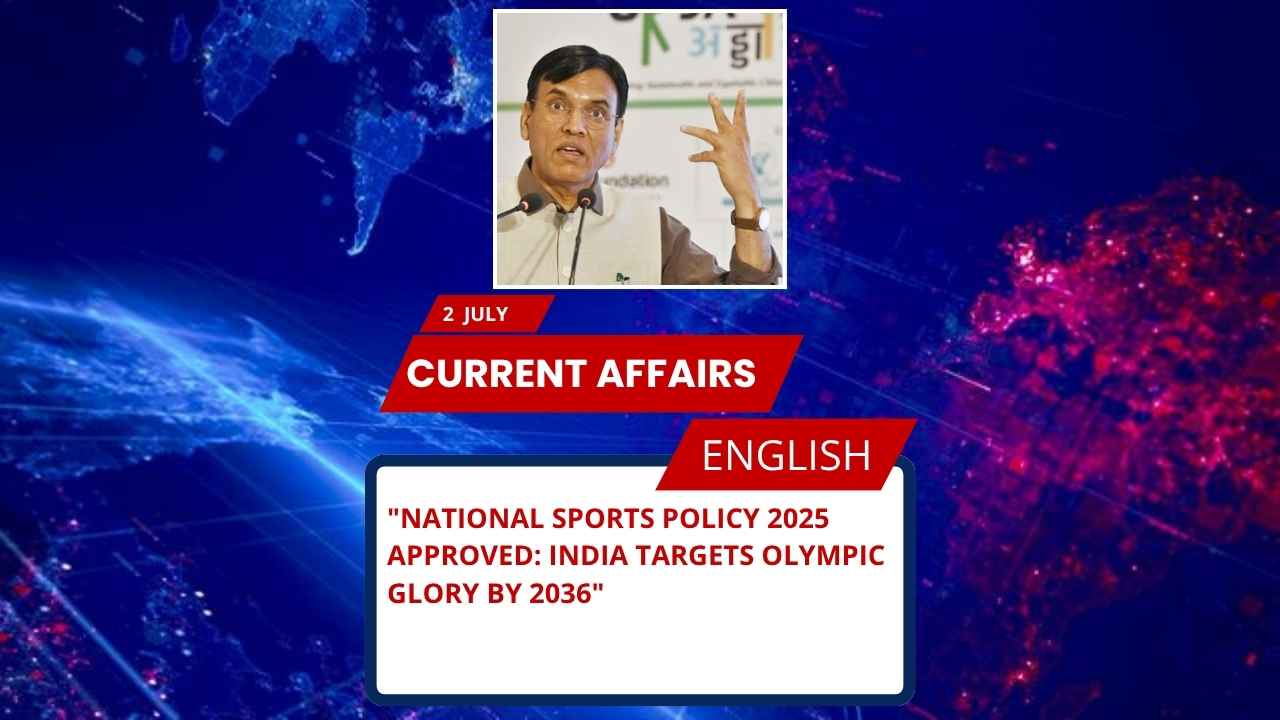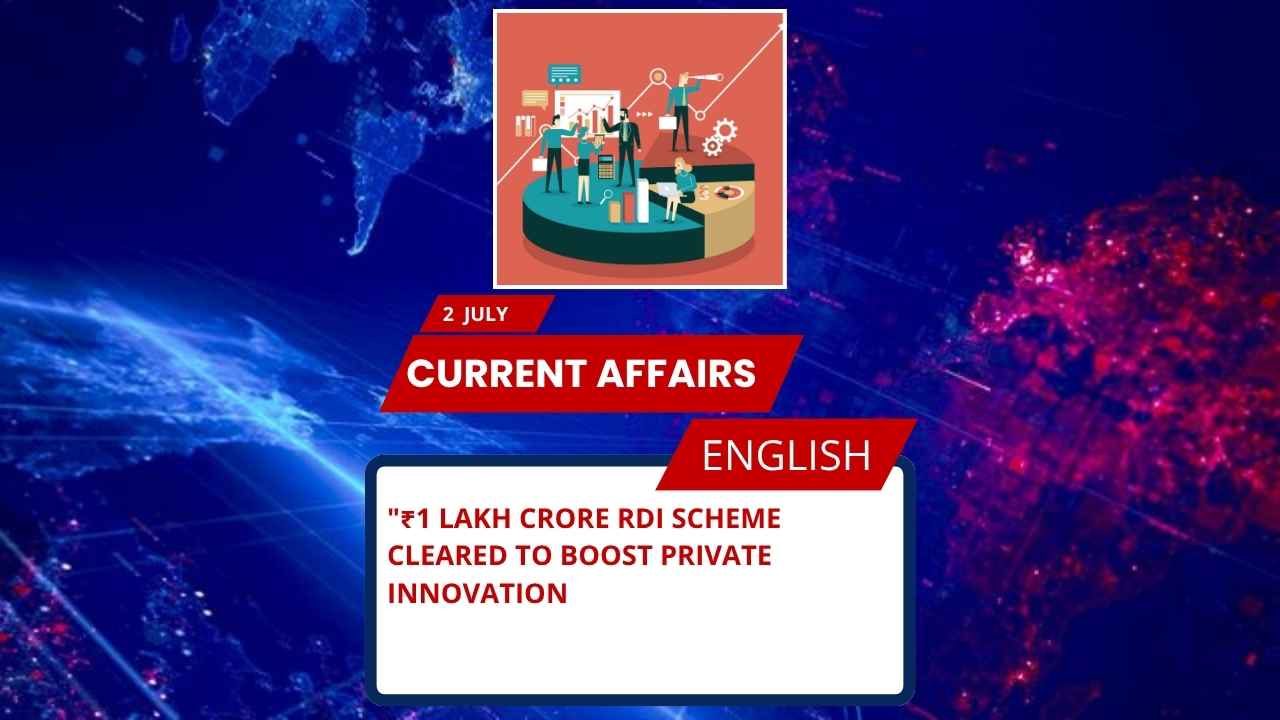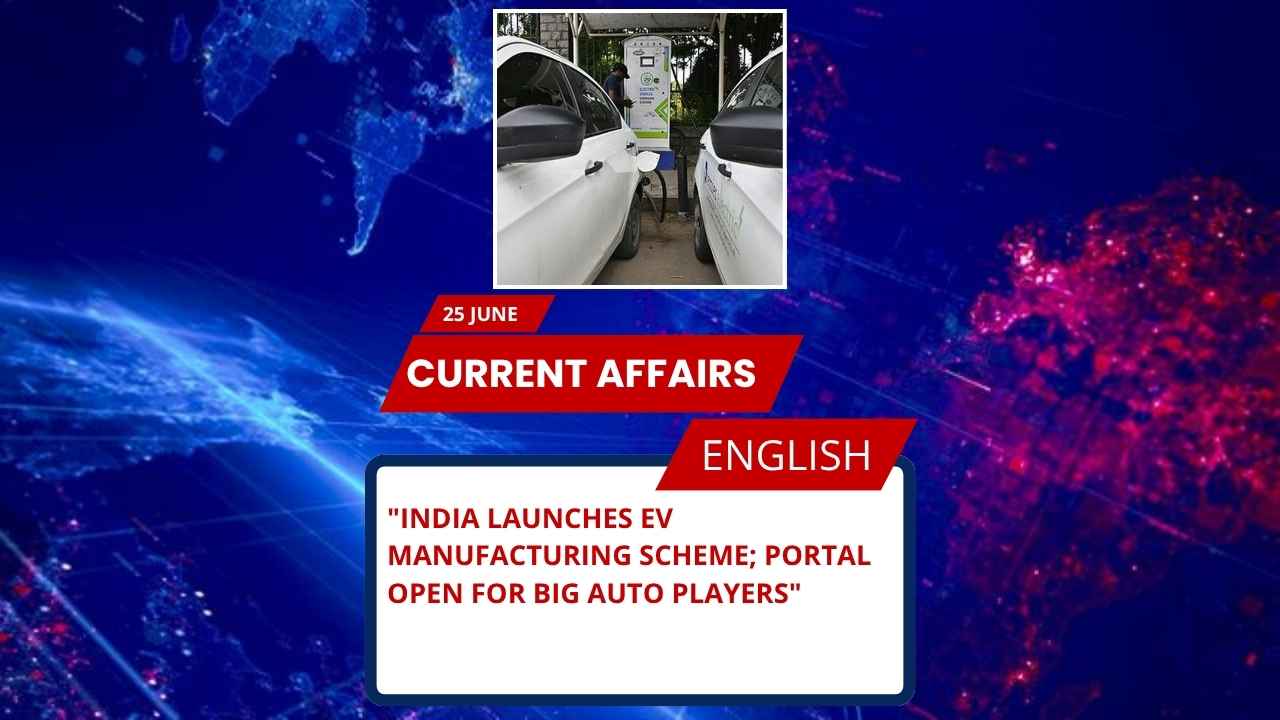
Key Points (For SSC & Govt Exam Aspirants)
- Scheme launched: Scheme to Promote Manufacturing of Electric Passenger Cars in India (SPMEPCI), notified on 15 Mar 2024.
- Portal live: Applications open from 24 Jun–21 Oct 2025 (extendable until 15 Mar 2026).
- Import duty benefit: Lowered to 15% for CBUs valued ≥ USD 35,000, capped at 8,000 units annually.
- Minimum investment: ₹4,150 crore within 3 years of approval.
- Domestic value addition (DVA): 25% in 3 years, 50% in 5 years.
- Eligibility: Global group revenue ≥ ₹10,000 crore; fixed assets ≥ ₹3,000 crore.
- Security: Bank guarantee equals duty forgone or ₹4,150 cr, whichever is higher.
- Application fee: ₹5 lakh non-refundable.
- Tesla’s stance: Interested only in showrooms; not in local manufacturing.
- Foreign investment constraints: Applies to land-border sharing nations like Pakistan, China .
Complete Details
The Government of India, via its Ministry of Heavy Industries, has unveiled SPMEPCI to position the country as a leading EV manufacturing hub while supporting “Make in India” and climate goals.
- Import duty concession: EV firms attaining Minimum CIF value USD 35,000 per vehicle can import up to 8,000 CBUs per year at 15% duty (vs 70–110%) for 5 years. Unused quotas carry over. Total duty waiver per applicant capped at ₹6,484 cr or equal to investment.
- Invest & set up: Automakers must invest ₹4,150 cr within 3 years, deploying capital in new plants, machinery, R&D, utilities, and up to 5% in charging infrastructure. Land costs are excluded; buildings included up to 10% of investment.
- Domestic Value Addition: 25% by end of year 3, escalating to 50% by year 5. DVA certified using PLI-Auto SoP and testing agencies.
- Revenue benchmarks: Additional clause: Firms must attain ₹50 bn rev from EVs in year 4 and ₹75 bn in year 5; penalties progressively apply if targets unmet.
- Eligibility & compliance: Companies need ₹10,000 cr group revenue and ₹3,000 cr fixed assets globally. Application requires ₹5 lakh fee and bank guarantee equating duty benefit or ₹4,150 cr.
- Timeline: Operations must commence within 3 years post-approval. Application portal open 24 Jun–21 Oct 2025; window may reopen until 15 Mar 2026.
- Tesla’s position: Tesla plans to sell via showrooms only; no immediate manufacturing interest.
- Strategic impact: By incentivising global OEMs, including Mercedes-Benz, VW, Hyundai, Kia, India aims at tech transfer, job creation, and sustainable growth.
- Geopolitical clause: Investment restrictions upheld for countries like Pakistan and China.
UPSC-Relevant Organization/State Facts
Ministry of Heavy Industries (MHI):
- Role: Manufactures incentive schemes in automobile, auto-component, defence & heavy engineering sectors.
- Parent ministry: Government of India, headquartered in New Delhi.
- Aim: Promote domestic manufacturing aligned with “Make in India,” employment creation, green mobility initiatives.
Relevant Schemes:
- PLI–Auto: Launched 15 Sep 2021; allocated ₹25,938 cr for AAT products.
- PLI–ACC: Approved May 2021; aims to build 50 GWh battery capacity (₹18,100 cr outlay).
MCQs & Practice Qs
Potential Question:
Which of the following are mandatory conditions under SPMEPCI?
A. Import up to 8,000 EV CBUs annually at 15% duty
B. Invest ₹4,150 cr in manufacturing within 3 years
C. Achieve 30% Domestic Value Addition within 4 years
D. Maintain a minimum bank guarantee equal to duty foregone
Options:
- A, B, D
- A, C, D
- B, C, D
- All of the above
Answer: 1
FAQs (UPSC Answer‑Writing Style)
Q1. What is the objective of SPMEPCI, and how does it fit into India’s climate commitments?
Answer: The SPMEPCI aims to bolster domestic manufacturing of electric passenger vehicles by incentivising global OEMs through import duty concessions tied to investment and localisation targets. It supports India’s commitment to achieving net‑zero emissions by 2070 by facilitating a shift from ICE to EV, reducing fossil fuel dependence and urban air pollution, while also advancing economic growth through employment and technology transfer.
Q2. Explain the key eligibility criteria and phased localisation conditions under SPMEPCI.
Answer: Eligible applicants must have global automotive revenues ≥ ₹10,000 cr and global fixed assets ≥ ₹3,000 cr. They must invest ₹4,150 cr in local manufacturing within 3 years post-approval and commence production similarly. Phased Domestic Value Addition requirements are 25% within 3 years and 50% within 5 years. Compliance is assured via bank guarantees and certified monitoring. The framework ensures that duty benefits translate into real domestic capability building.
Q3. Discuss how the SPMEPCI balances import duty incentives with manufacturing conditionality to foster “Make in India.”
Answer: The policy grants temporary, conditional import duty relief (15% vs 70–110%) on high-value EVs, capped at 8,000 CBUs annually. These benefits are contingent on strict investment thresholds and localisation milestones. This balance ensures that incentives are not mere subsidies but enablers of long-term domestic infrastructure, R&D, and supply chain development. Phased localisation compels sustained domestic integration, while bank guarantees ensure accountability. Collectively, this synergy aligns fiscal concession with manufacturing growth, bolstering India’s strategic autonomy and global competitiveness.



